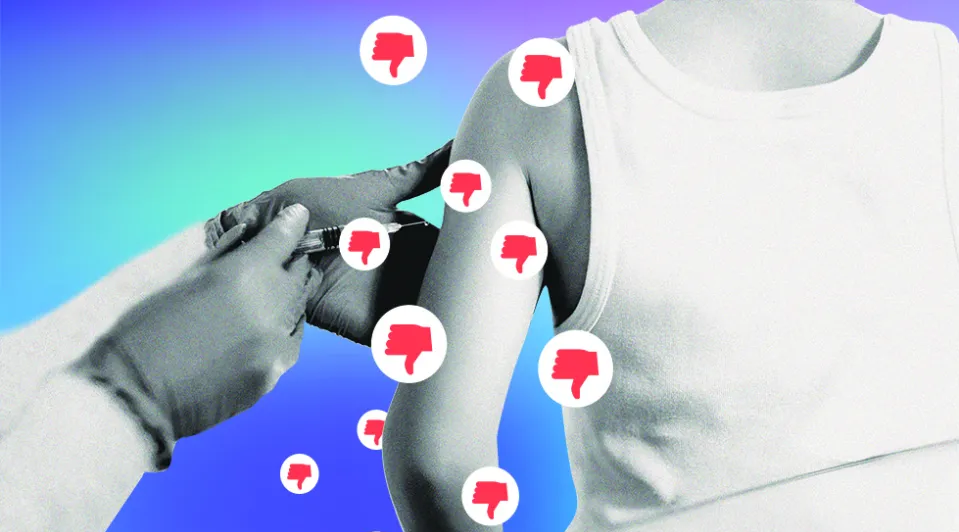Hospitals and other health care facilities in the United States are suffering a workforce shortage, a crisis that was brewing before the COVID-19 pandemic but has only been amplified since then. The American Hospital Association (AHA) calls the shortages a “national emergency” and, although it is most acute in the nursing field, the effects are present throughout the entire medical system continuum from lab workers to paramedics.1
During the first two months of the pandemic in 2020, an estimated 1.5 million health care jobs were lost due to the government temporarily closing clinics and other non-emergency health services. Three years later, many of those jobs have returned but the employment rate remains below pre-pandemic levels.1
Shortages Cause Shortages, Increased Wait Times and Risk of Medical Errors
According to the ECRI Institute, a non-profit patient safety organization, people are having to endure longer wait times even when seeking medical care in life threatening emergencies or are turned away entirely. Along with urgent care centers1, hospitals throughout the country have been forced to shut down labor and delivery units altogether due to staffing shortages.2 3
With fewer clinicians working, doctors and other medical staff are forced to be responsible for larger numbers of patients, which contributes to further burnout and raising risks of medical error. Medical errors are already estimated to be the third leading cause of death in the United States.4 According to the New England Journal of Medicine, the number of bloodstream infections stemming from a catheter increased 28 percent in the second quarter of 2020 compared to the same period in 2019.1
A USA Today survey conducted in February 2022 found that more than a quarter of 1,100 health care workers said they were likely to leave the medical field in the near future due to the pandemic.1
Health Care Worker Vaccine Mandates Heighten Crisis
In addition to burnout and low morale, factors such as COVID and other vaccine mandates, plus sharp rises in labor costs, have also contributed to the staffing crisis. While there is no specific way to determine the exact number of health care workers who left their profession due to vaccine mandates, many reviews suggest that nurses have some of the highest “vaccine hesitancy” rates. The refusal rate among nurses was 23.4 percent in 2020 and 18.3 percent in 2021.5
“As a practical matter, (vaccine mandate policies) may result in exacerbating the severe workforce shortage problem that currently exist,” AHA president and CEO Rick Pollack said.5
However, burnout rates and staffing shortages predate 2020 and many blame it on the shift toward medical care that has become more about business than patient care.
Medical Care as Business Model Drives Job Dissatisfaction
Jimmy Turner, MD writes that despite years of training, there is a lack of autonomy in his specialty contributing to widespread workforce dissatisfaction.6
An analysis published in Surgical Neurology International states that health care today is losing its primary focus on patients due to clinical practice guidelines that make practicing medicine more like a business model. “There is less and less incentive for quality custom care, as doctors have little voice left in this system,” write authors Ramsis Ghaly and Nebojsa Nick Knezevic. They ask, “Where did ‘patient first’ and ‘do no harm’ go in medicine?”6
Ghaly and Knezevic point out that these factors are side effects of the increasingly blurred ethical lines between medicine and the many industries and institutions that influence it, including the pharmaceutical industry, insurance companies, and government. Their analysis goes on to discuss that the first step is to liberate the physicians from business constraints and restore the autonomy of medical providers.
They maintain that, at the expense of the American people, government, big pharma, and insurance have put themselves at the forefront of medicine where doctors and patients used to be. This model, which has harmed patients for decades, is now catching up with the health care workforce, whose medical workers are limited in how they treat their own patients. Ghaly and Knezevic write:
The so-called not-for-profit hospitals and health-care systems have become huge centers of profit making while delivering the worst outcomes in health care in decades. They are the bottlenecks of progress and, in an effort to protect their outdated and expensive delivery systems, they have resorted to stifling any competition or innovation that is considered threatening.6
Pharmaceutical Industry Influence on Medical Care
According to Ghaly and Knezevic, pharmaceutical companies are key stake holders in the health care ecosystem and are too often endangering the public good by placing constraints on doctors and medical workers to adhere to the Hippocratic oath to “do no harm” and place the “patient first.” Coupled with the recognition that drug companies have largely taken over clinical research, the result is decades of individuals who entered the medical field to change lives only to find that their work is largely controlled by big business models.
The so-called not-for-profit hospitals and health-care systems have become huge centers of profit making while delivering the worst outcomes in health care in decades. They are the bottlenecks of progress and, in an effort to protect their outdated and expensive delivery systems, they have resorted to stifling any competition or innovation that is considered threatening.6
If you would like to receive an e-mail notice of the most recent articles published in The Vaccine Reaction each week, click here.
Click here to view References:1 Johnson S. Staff shortages choking U.S. health care system. U.S. News & World Report July 28, 2022.
2 Bellavance M. Rumford hospital maternity unit to close at end of March. News Center Maine Feb. 2, 2023.
3 Forney T, Anwer S. Staffing shortage amid COVID surge shuts down labor and delivery unit at Holy Cross Health. Local10 Jan. 3, 2022.
4 Sipherd R. The third-leading cause of death in US most doctors don’t want you to know about. CNBC Feb. 22, 2018.
5 Muoio D. How many employees have hospitals lost to vaccine mandates? Here are the numbers so far. Fierce Healthcare Feb. 22, 2022.
6 Ghaly R, Knezevic NN. What happened to “patient first” and “do no harm” medical principles? Surg Neurol Int Aug. 29, 2018.














2 Responses
Some one stole all of the comments to this article. and put them for CDC adds experiment vaccine to schedule.
Some one stole all of the comments to this article. and put them for CDC adds experiment vaccine to schedule.